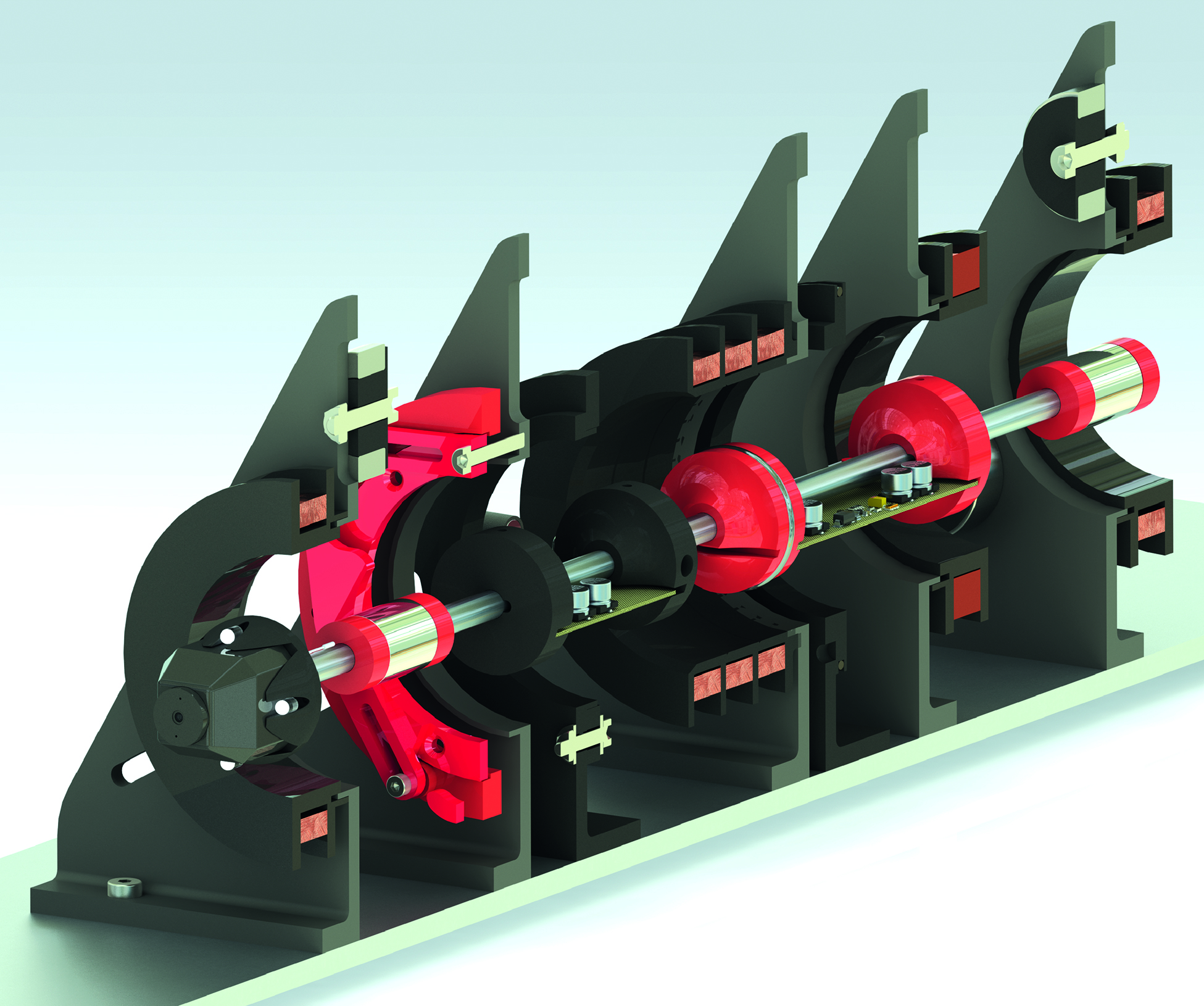Inspection of extended hollow bodies
The complete inspection of the inside of spatially long hollow bodies such as extruded pipes is a technical challenge due to the difficult accessibility. Currently established approaches either work from the outside of the test specimen or with the aid of test lances or pigging systems that can reach the inside.
Testing from the outside is limited to test methods, which are able to penetrate the material of the test specimen sufficiently to provide volume information. The latter two methods are limited in their applicability by restrictions such as cable and lance length, battery life, and also by the generally higher equipment time, and handling requirements.
For example, optical inspection of the inside of an extruded pipe directly downstream of the extruder is not possible with established methods because the material may not be sufficiently penetrated by light. In addition, directly at the extruder, the pipe is not yet available in the form of segments, so lance or pig inspection is impossible.
